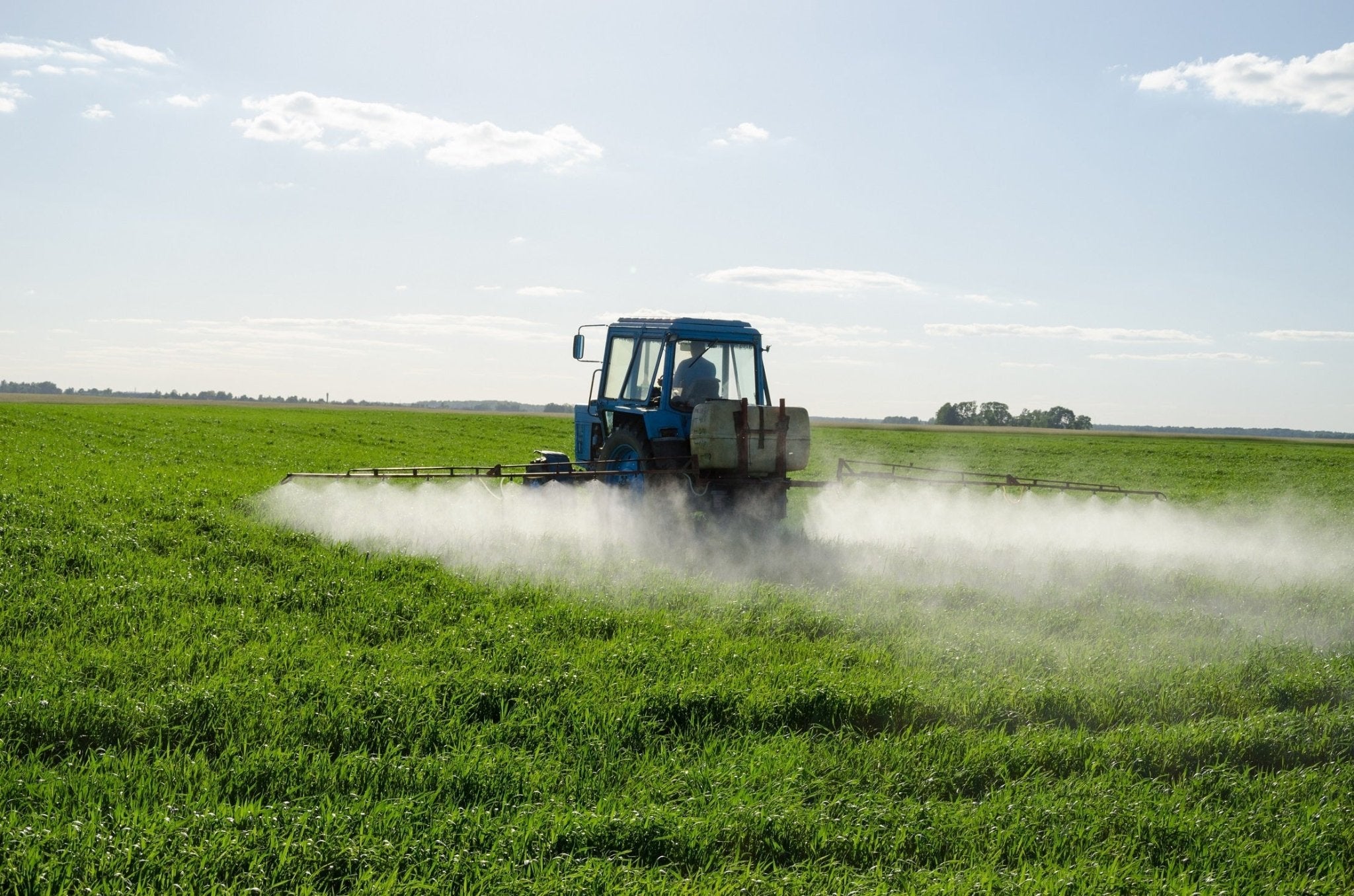
Are You Eating Glyphosate? How Organic Farming Can Help
Take oats, for example. Because GMOs have become such a dirty word, most oat companies pay for their products to bear a certification proving they are GMO free. In this way, GMO labeling often adds to the confusion, as GMO seed only exists for a few crops so far (but we’ll delve further into that discussion in a future article). Generally, unless a food product incorporates corn, soybean, canola or sugar beets - it is inherently GMO free, whether it was grown using conventional or organic farming practices.
The problem is that the presence of GMOs is not the only concern when it comes to food safety. “GMO free” labeling is sometimes used to provide a distraction from other, less complementary truths about how a food product like oatmeal is produced. And that’s where glyphosate comes in.
Farming with Glyphosate
Though most consumers don’t know it by name, glyphosate is the most widely used herbicide in the history of agriculture, employed by farmers and landscapers as a powerful weed killer. Glyphosate may be more recognizable by its trademarked name, Roundup Ready®, the herbicide notorious for its use with seeds genetically modified to resist the otherwise devastating effect glyphosate has on most vegetation. In fact, glyphosate is the reason that GMO crops as we know them today exist at all. It’s mode of action prompted the agro-chemical company Monsanto to design what has become an irresistibly useful (and enormously profitable) tool: crops that can be sprayed with the most effective herbicide on the market without suffering any damage themselves.Hidden Glyphosates
When used as a desiccant, glyphosate is sprayed only on non-GMO crops (because GMO crops would not be killed by it), and it is applied very close to the harvest window, affording little time for the chemical to break down before it is scooped up with the grain and processed into food. Let’s say that crop is oats and the food product is plain oatmeal. If no artificial flavors are added, a company has the legal right to label it “natural”. Because GMO oats don’t exist, they also have the right to label that product “GMO free”. Since the FDA does not regularly test for glyphosate residue in food or require its use to appear on the product label, the story appears to end there: natural and GMO free sounds pretty good, even if it’s not certified organic.Because the practice of using glyphosate as a desiccant is widespread, its residues are likely to wind up in certain foods. In 2016, the FDA released test results finding glyphosate residues in a number of grain products. Independent studies have made similar findings. This combination of glyphosate use on non-GMO crops and misleading labeling led to a lawsuit filed against a major cereal company last spring.
Glyphosate and Organics
While organic farming certifications prohibit the use of glyphosate, organic products do not always end up completely free of glyphosate residue. While this news may come as disappointing, it is not entirely surprising. Glyphosate use has skyrocketed in the past decade, and it maintains the ability to adhere to water and soil particles long enough to travel through the air or in a stream to nearby organic farms. It’s presence in the environment is nearly unavoidable. Even so, organic farming offers something that conventional farming doesn’t: the refusal to incorporate chemical products like glyphosate into its farming system. While organic farmers may not be able to control residues landing on their crops, they help to insure a future where it won’t: more organic farms mean less farmland with glyphosate usage, which results in less overall glyphosate in the environment.Reading Between the Lines
Still, you’d rather not have glyphosate residues in your food. So, how do you know a product is glyphosate free? Because the FDA hasn't completed their glyphosate testing yet, the unfortunate answer is: you can’t. However, given the obvious equation that food never sprayed with glyphosate will be less likely to contain residues, organic is still your best bet. Whatever you do, don’t put all your faith in non-GMO labelling. While you may want to avoid GMOs in your food, that label only tells part of the story. If the product is a non-organic grain or bean product, the hidden part of that story is that it was likely sprayed with glyphosate a few weeks before harvest.Would you like to be the first to hear about our new products and more? Sign up for our Nature’s Path Newsletter.

